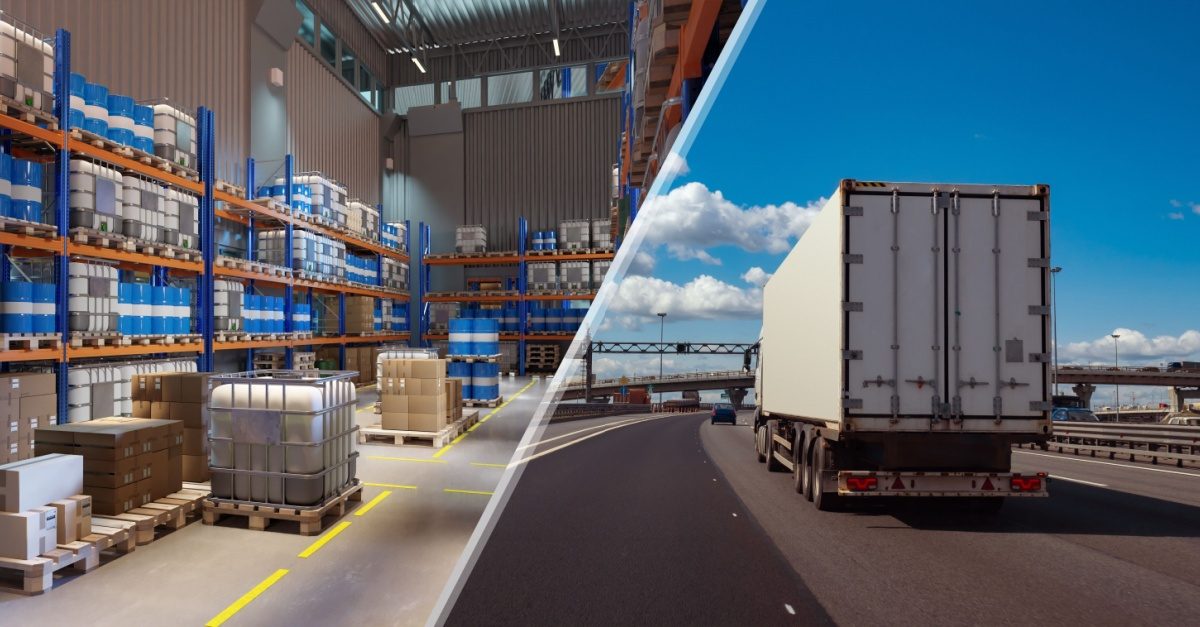
The Evolution of E-Commerce and Its Impact on Supply Chain Logistics
E-commerce has rapidly transformed the way businesses and customers interact. Its expansion has revolutionised store functioning, ignited new digital innovations, and unlocked fresh business opportunities. It now plays a vital role in the modern economy and significantly influences the evolution of the supply chain.
Early E-Commerce and Traditional Supply Chains
In the early days of e-commerce, most companies adhered to conventional bulk supply chain models. These systems were designed for traditional retail stores that distributed large volumes of goods to central warehouses before dispatching them to individual stores. However, as online shopping expanded, these traditional methods of organising operations began to reveal their inadequacies. Many companies also encountered technological shortcomings, particularly in areas such as multichannel payment integration, which became essential for managing varied consumer preferences across digital platforms.
These archaic systems struggled to meet the real-time demands of online users. Inventory planning was frequently inaccurate, resulting in stock shortages or surplus inventory. Moreover, delivery networks designed to move large volumes of goods were ill-equipped for the rapid and flexible fulfilment demanded by e-commerce.
Shift Towards Advanced Logistics Models
The surge in e-commerce necessitated significant advancements in supply chain management to keep pace with the demands for speed and efficiency. A key development has been the emergence of autonomous fulfilment centres. Strategically placing these warehouses closer to key consumer markets has allowed companies to reduce delivery times and enhance customer satisfaction drastically. For instance, Amazon restructured its national fulfilment network into eight self-sufficient regions to accelerate deliveries and reduce costs.
Simultaneously, the adoption of technology-based solutions has transformed the processes of inventory and order management. Automated storage and retrieval systems and real-time tracking have enhanced accuracy and operational efficiency. The integration of Transportation Management Systems (TMS) and Warehouse Management Systems (WMS) has further streamlined operations by facilitating better coordination between transportation and storage tasks.
Impact on Supply Chain Dynamics
The demand for just-in-time (JIT) delivery systems has grown, requiring suppliers to align production closely with real-time customer demand. JIT reduces waste and inventory costs but also exposes supply lines to risks such as supplier delays or sudden shifts in demand.
To address these challenges, companies have improved their storage, transportation, and last-mile delivery systems. Automation tools like automatic storage and retrieval systems simplify warehouse operations, and advanced route optimization tools boost transportation efficiency. In last-mile delivery, drones and autonomous vehicles are being explored as means to expedite parcel deliveries.
In this new world, data analytics and real-time tracking are essential. Businesses can make informed decisions using real-time data to instantly assess factors such as inventory levels, shipment statuses, and potential disruptions.
Case Studies of Adaptation
Leading industry players like Amazon and Walmart have heavily invested in infrastructure and technology to increase the agility of their supply chains. Amazon was an early adopter of robotics and AI in its warehouses, improving operational efficiency and speeding up customer deliveries. Collaborative robots, such as Proteus, navigate warehouse floors alongside human workers, autonomously transporting packages and thus reducing processing times.
Similarly, Walmart has used new technologies to bolster its supply chain. Expanding its transportation network supports its e-commerce platform, allowing third-party sellers to utilise Walmart’s storage and delivery services. Both companies have also invested in data analytics and real-time tracking tools to gain more profound insights into their inventory management and customer behaviour patterns.
At IoSCM we deliver a range of highly tailored transport and logistics courses, so whatever stage you’re at with your career, you can find the support you need to progress. Our unique approach gives more flexibility in course content and learning methods than any other equivalent logistics qualification, so you can choose a study path which suits you. We deliver everything from introductory logistics courses to specialist training at strategic management level, so you can get the support you need along every step of the career ladder.

